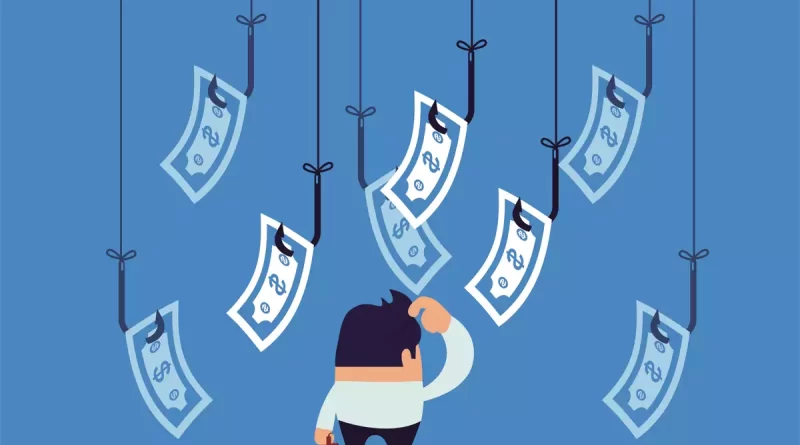The Benefits of Including High Dividend Yield Stocks in Your Portfolio
For income investors, the highest-yielding stocks are coveted commodities. They offer the most potential for passive income on Wall Street. Nevertheless, there are other considerations that go into choosing a high-yielding stock, including the health of the company, competitive advantage, and industry. In this article, I’ll briefly outline the benefits of including high-yield stocks in your portfolio.
High dividend-yield stocks must have solid financials and a strong balance sheet. This is crucial because high yields do not automatically mean a strong investment. Dividend data can be old or incomplete. In addition, a high dividend yield can be associated with a declining stock price, a sign of superficial yield inflation. Thus, it’s crucial to look at past performance when determining which dividend-yield stock to buy.
Dividends also offer tax advantages. In addition to capital gains, the investors can offset losses during periods of volatility with dividend income. Furthermore, investors can reinvesist the dividends to purchase more shares of the company or another one. The best part is that these payments are tax-free. The advantages of investing in high dividend-yield stocks are worth considering. They may be a great way to diversify your portfolio and earn more income than you otherwise would.
When it comes to diversifying your portfolio, high dividend-yield stocks can offer you the greatest payout. In today’s world, there are many companies offering dividends that can cover your retirement needs for the next 20 years. These dividend stocks are usually among the most stable and have uninterrupted dividend payments for more than two decades. And they have a higher chance of continuing to grow dividends in the future.
As a dividend investor, you should look at high dividend-yield stocks carefully. High dividend-yield stocks are often viewed as dividend traps. That’s not always the case, however. For example, EPR Properties is one of the highest-paying stocks, but its dividend yield is growing and looks sustainable. And since you can easily monitor the company’s dividend growth, you can benefit from such an attractive yield.
Another benefit of dividend investing is that you’ll have a steady source of income even during difficult market times. You’ll also benefit from tax advantages compared to other forms of income. You can invest in dividend stocks and still get a decent amount of capital appreciation. This can help you offset rising costs and inflation. But remember that dividends also come with their own costs. If you are not careful, you may lose money.
If you have a long-term investment horizon, you’ll benefit from a dividend stream for many years. The first year, you’ll receive a dividend of $200. That’s 3%. During the next 33 years, your investment will pay for itself. If you’re patient, the dividend stream could increase 5% per year, reducing the payback period by 13 years.

